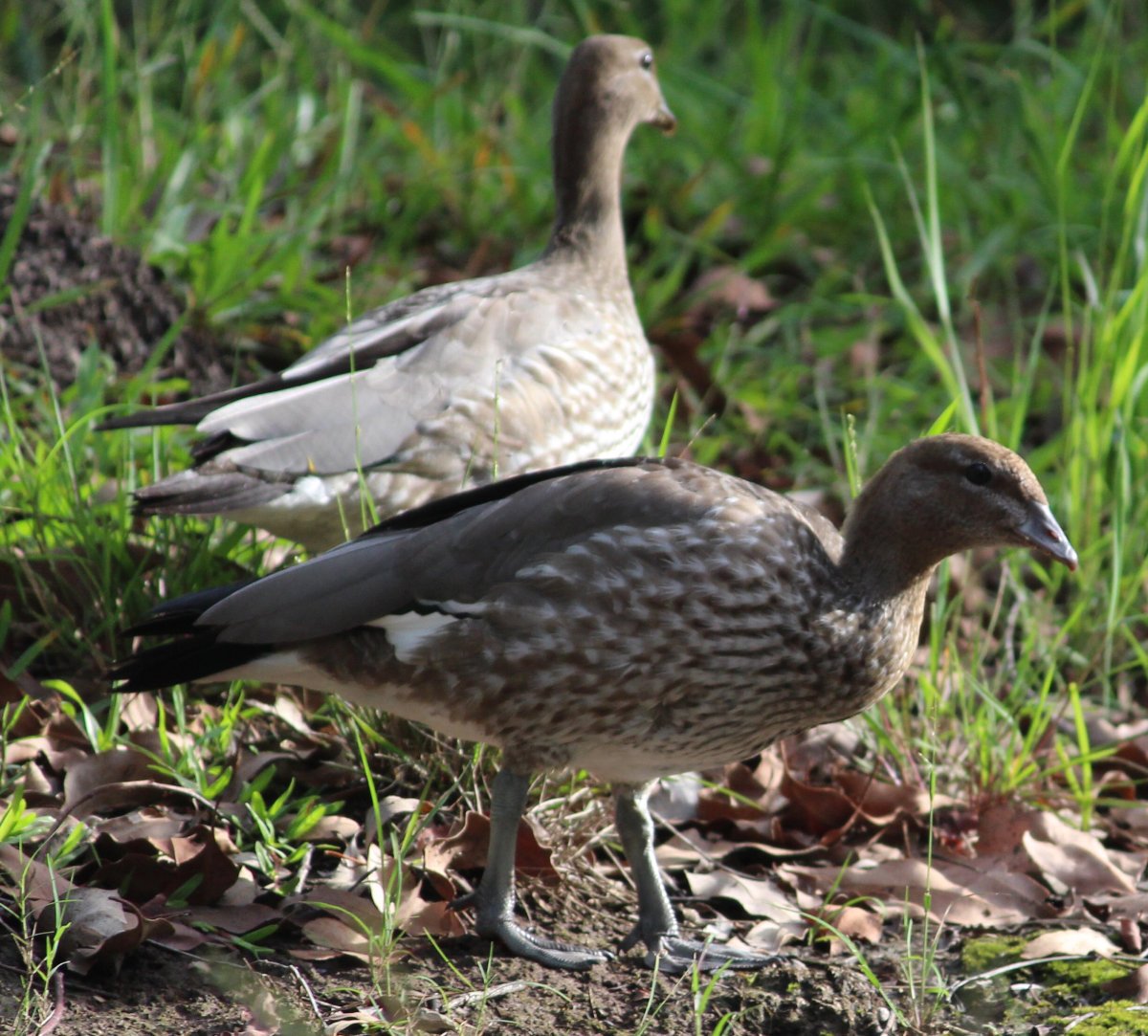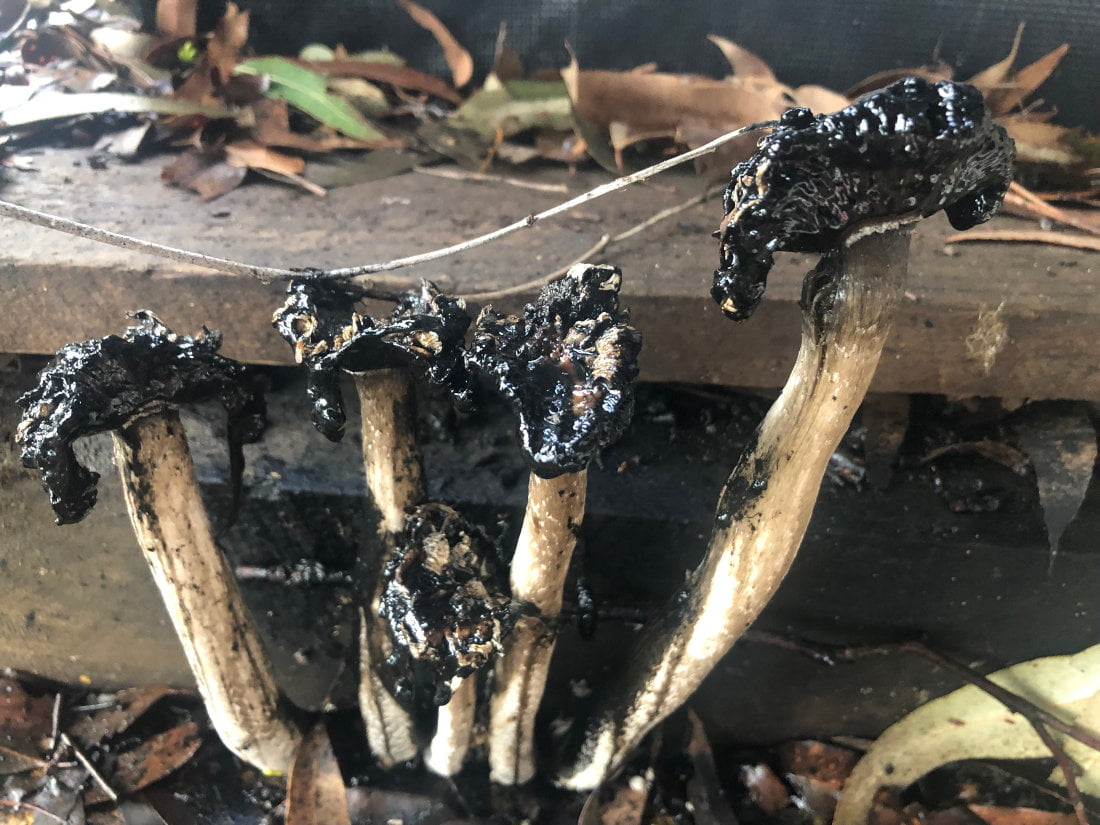Out and about in nature – Winter
Winter is one of our favourite seasons out here at Living Strong Nature Journaling…..ok, who are we kidding, every season is our favourite to be outdoors enjoying nature.
The sun has lost its piercing rays and is gentle upon the land, the air is cold and frosts are common. In the early hours the first light begins to show and with it a mist rolls in. The eerie call of the yellow-tailed black cockatoo fills the woodlands as they begin their daily search for food.
The native Australian wood ducks brave the cold waters of the dam and glide gracefully through the mist as the sun begins to form shadows. The Australian Wood Duck (Chenonetta jubata) is a medium-sized duck with a dark brown head and a pale grey body with two black stripes along the back. The Australian Wood Duck is found in grasslands, open woodlands, wetlands, flooded pastures and along the coast in inlets and bays. It is also common on farmland with dams, as well as around rice fields, sewage ponds and in urban parks. The Australian Wood Duck eats grasses, clover and other herbs, and occasionally, insects. It is rarely seen on open water, preferring to forage by dabbling in shallow water, or in grasslands and crops.



Get outside and smell the wattle, they are in full flower! Acacias (wattles) bring a beautiful brightness to the bush during the winter months. Shortly, it will be time to harvest the wattle seed. We use wattle seeds in our cooking. Wattle seeds are high in protein, carbohydrate, fibre, magnesium, iron, and zinc. Almost every part of the wattle tree can be used. Not all wattle is edible, some can be toxic, please ensure you don’t eat anything you aren’t completely sure about.
Fungi is everywhere at the moment, there are so many colourful and interesting fungi out there. Keep your eyes out for Coprinus comatus or more commonly known as the Shaggy ink cap, a common fungi out at Living Strong Nature Journaling. This mushroom can grow in a variety of different locations including verges, open woodland, adjacent to paths but are more commonly found in open grassland especially if the area is irrigated. Coprinus is derived from Greek and means ‘of dung’, comatus is derived from Latin and simply means ‘hair or long haired’.


The mushroom appears from the ground like a long cylindrical egg and can get to around 20 cm tall so are easy to spot, they start to auto digest in a very short period of time, turning into an inky mess. Scott uses the ink to draw and it’s a popular activity when we run our sessions.
Come and connect to country with us, slow down and discover more of our local flora, fauna and bush foods out at Living Strong Nature Journaling, Bundabah. Send an email to livingstr8ng@gmail.com for bookings and information about the activities we run.

